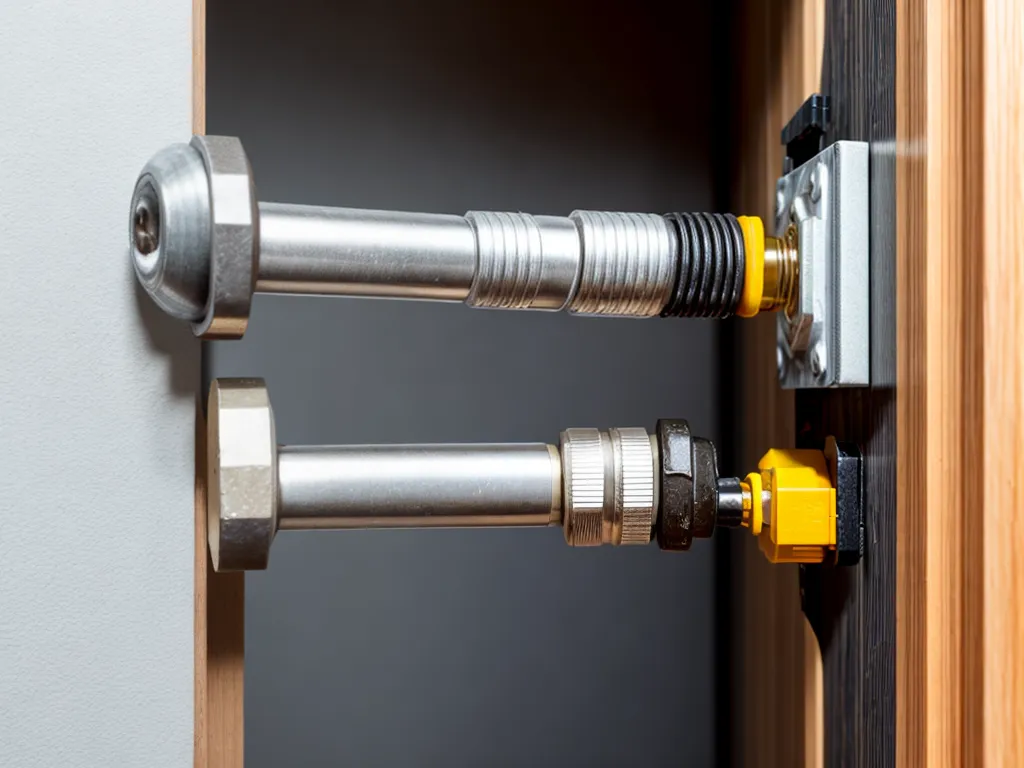
How to Replace Hidden Knob-and-Tube Wiring in Your Home
What is Knob-and-Tube Wiring?
Knob-and-tube wiring was an early standardized method of electrical wiring used in buildings in the United States from about 1880 to the 1940s. It consists of single insulated copper conductors run within wall cavities, passing through joist and stud drill-holes via protective porcelain insulating tubes, and supported along their length on nailed-down porcelain knob insulators.
This old wiring system does not include a ground wire and lacks the protection of conduit or flexible armored cable. While generally considered safe when properly maintained and unmodified, knob-and-tube wiring can present fire and shock hazards due to improper use, age, or modification. For these reasons, insurance companies may not insure houses with knob-and-tube wiring or may require it to be replaced before issuing policies.
Dangers of Knob-and-Tube Wiring
There are several dangers associated with old knob-and-tube wiring:
-
No grounding - This wiring does not include a ground wire, which protects you in case of a short circuit or electrical fault. This makes it more likely you could get shocked.
-
Insulation breakdown - The old cloth or rubber insulation can become brittle and crack over time, exposing live wires and increasing fire risk.
-
Unsafe modifications - Homeowners sometimes modify or extend the original wiring in unsafe ways by splicing into existing circuits. This can overload the wiring.
-
Exposed wiring - Insulation can rub off where wires pass through joists, exposing bare copper. This creates a shock and fire hazard.
-
Insurance issues - Most insurance companies won't cover houses with knob-and-tube wiring due to the risks.
For these reasons, experts recommend replacing knob-and-tube wiring whenever possible.
Preparing for a Rewiring Project
Replacing knob-and-tube wiring in an older home is a major project that requires planning and preparation:
-
Check with local permit office - Most areas require permits and inspections for electrical work. Make sure to get the proper permits.
-
Hire a qualified electrician - Only hire licensed, bonded electricians familiar with old wiring systems. Get quotes from at least 3 companies.
-
Plan for walls to be opened up - Accessing old wiring often requires cutting holes in plaster walls and removing sections of ceiling. Be prepared for a mess.
-
Decide on replacement wiring type - New wiring is either nonmetallic-sheathed cable or armored cable/conduit. Discuss options with your electrician.
-
Turn off power and remove knob-and-tube - The old wiring must be entirely removed back to the main panel and junction boxes.
-
Check for asbestos - In older homes, verify insulation is asbestos-free before disturbing it. Asbestos abatement may be required.
-
Consider adding circuits - It's a good idea to add more circuits during rewiring to reduce load on existing circuits.
Step-by-Step Rewiring Process
The basic process for replacing knob-and-tube wiring is:
-
Shut off power - The main breaker supplying the knob-and-tube circuits must be turned off. Verify power is off with a voltage tester.
-
Remove old wiring - Carefully remove the old wiring from the attic and walls back to the main panel and junction boxes. Wear proper protective equipment.
-
Install new boxes - Upgrade any old junction boxes and install new electrical boxes for outlets and switches.
-
Run new wiring - Route the new armored or NM cables through the walls and ceilings following local code requirements. Staple the cables in place.
-
Connect devices and lights - Splice in the wiring for all lights, switches, receptacles, appliances, etc. Follow diagrams carefully.
-
Connect new wiring to panel - Securely terminate the new wiring in the main panel with cable clamps and matching breakers.
-
Install plaster/drywall - Patch walls, ceilings, etc. affected by the rewiring. Apply plaster or drywall compound for a smooth finish.
-
Schedule inspections - Have the completed work inspected and approved by the local building department. Correct any code violations.
-
Restore power - Once approved, restore electricity to the new wiring from the main panel. Test all circuits thoroughly.
Replacing old knob-and-tube wiring requires time and dedication. But eliminating the fire and shock risks provides invaluable safety and peace of mind.